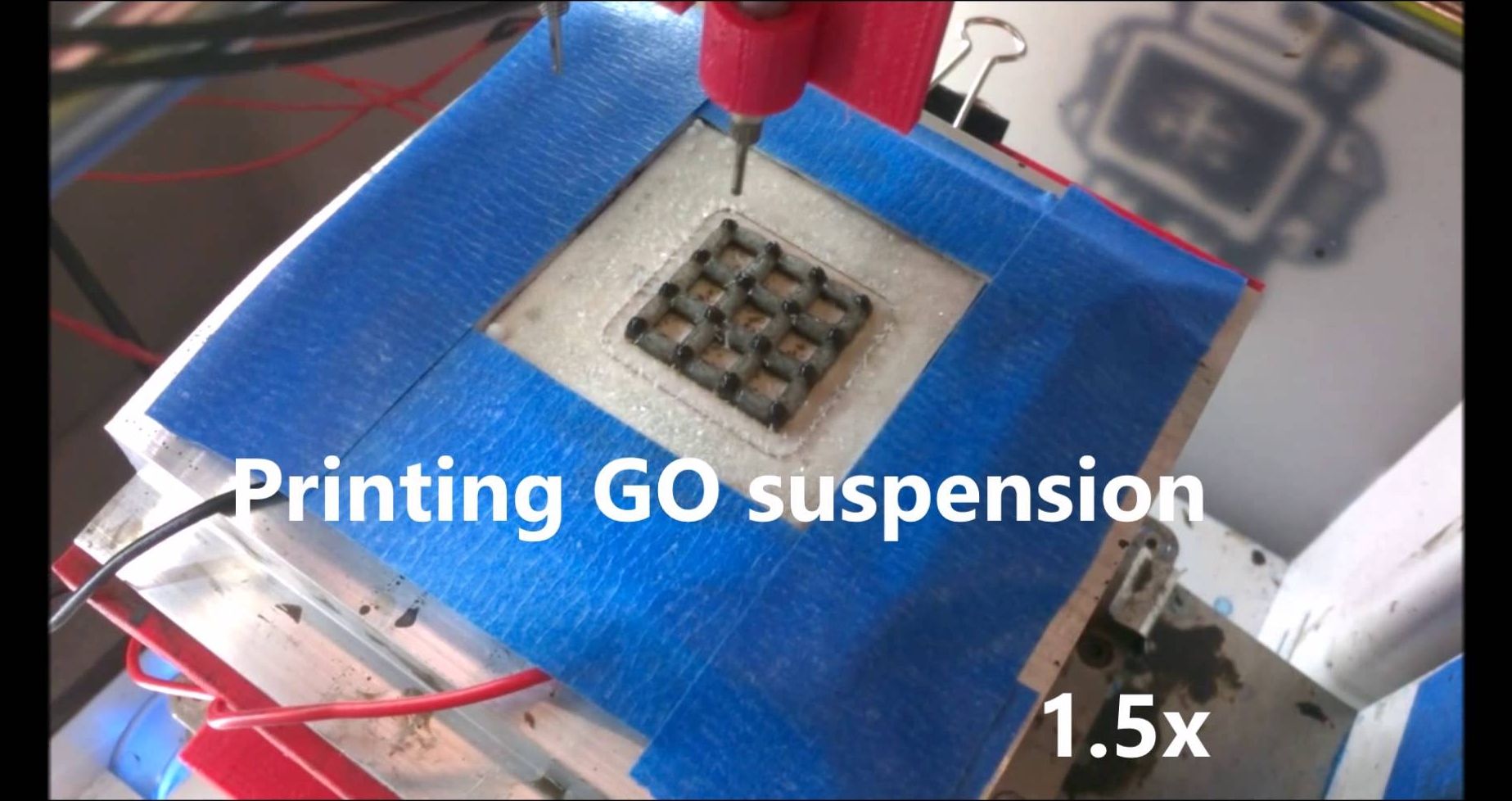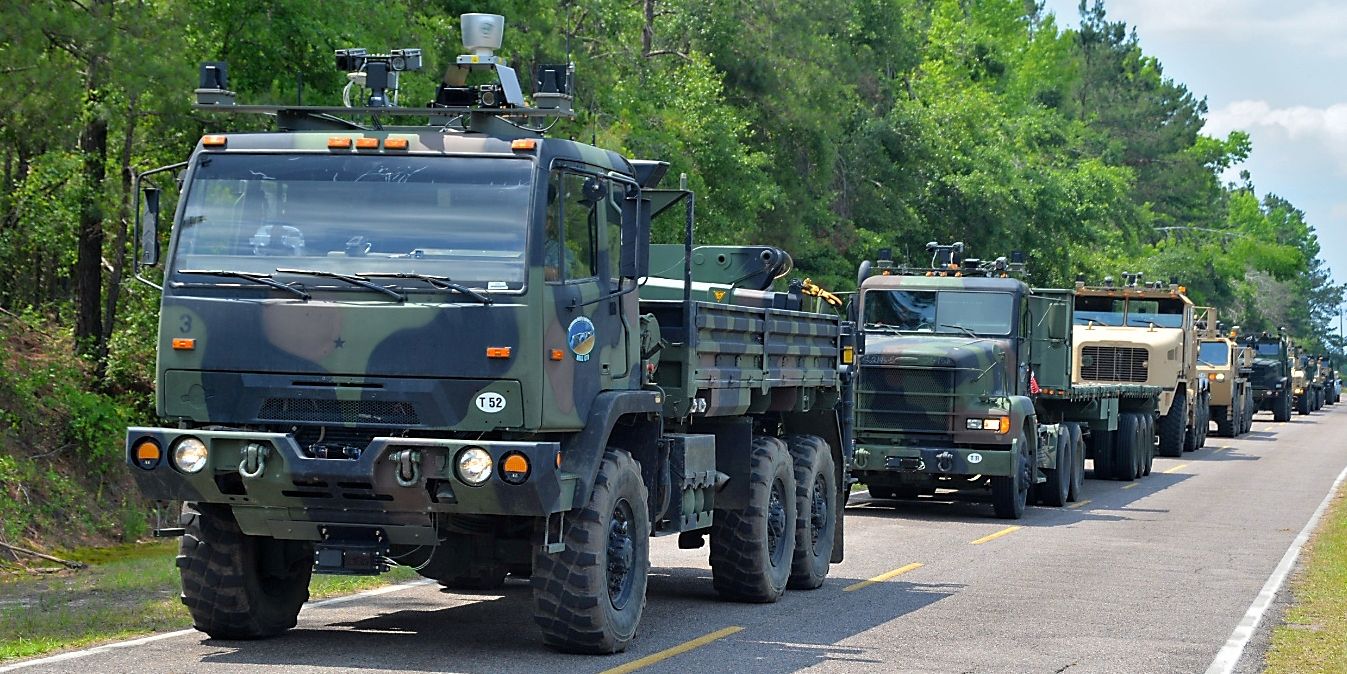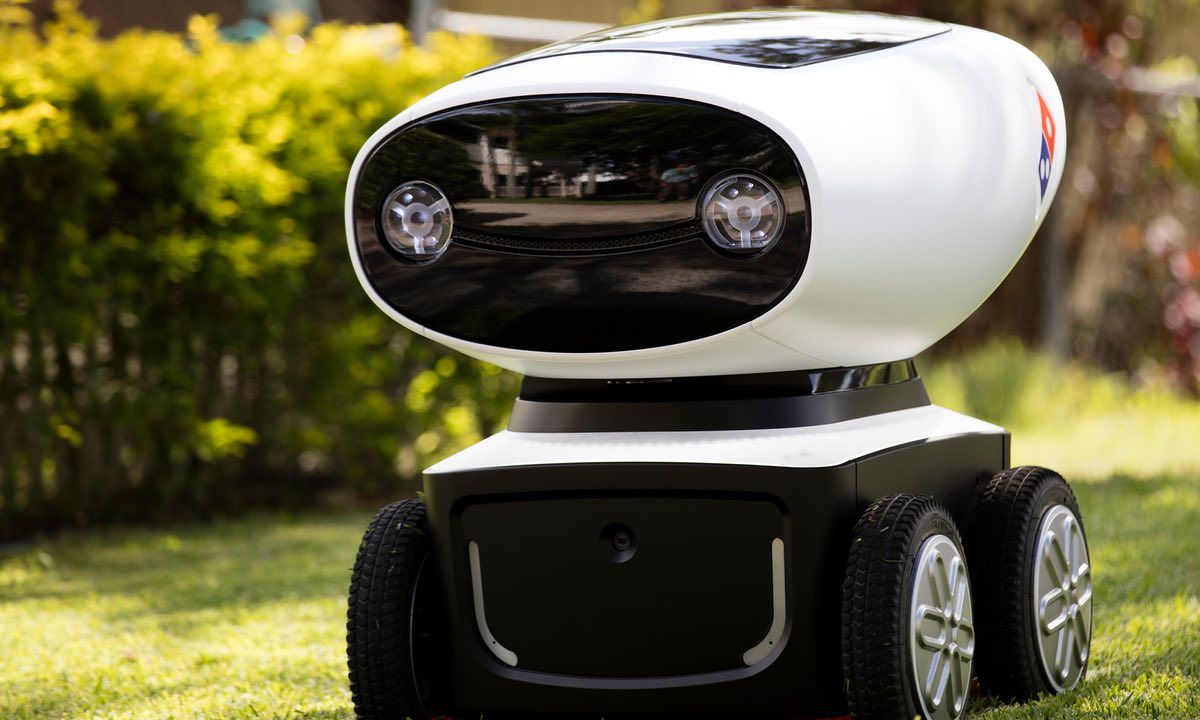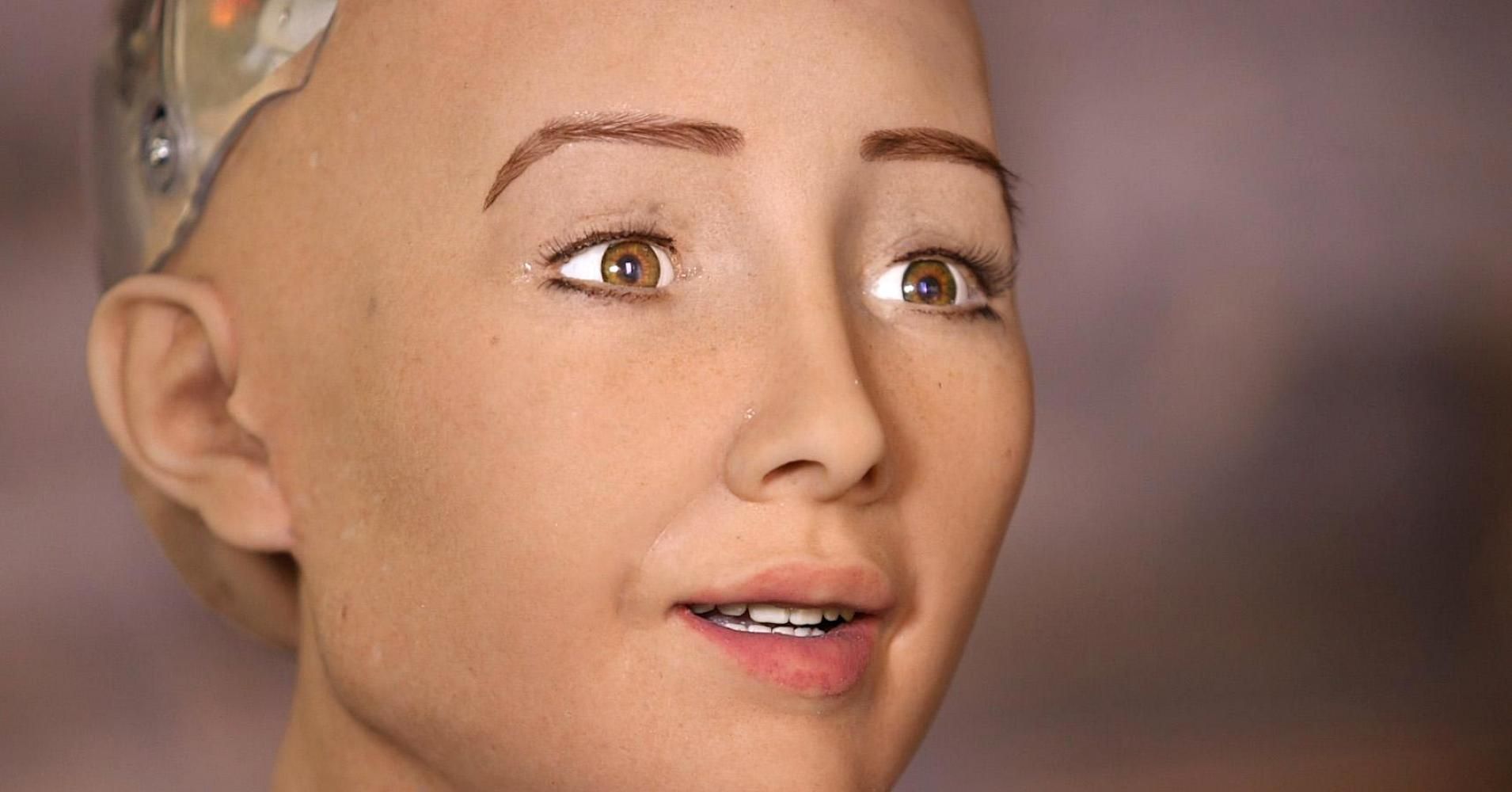Page 11274
Mar 18, 2016
An AI with 30 Years’ Worth of Knowledge Finally Goes to Work
Posted by Shailesh Prasad in category: robotics/AI
An effort to encode the world’s knowledge in a huge database has sometimes seemed impractical, but those behind the technology say it is finally ready.
Mar 18, 2016
You can now 3D print the world’s lightest material – graphene aerogel
Posted by Shailesh Prasad in categories: 3D printing, materials

YES PLEASE.
It’s 7.5 times lighter than air, and a cubic metre of the stuff weighs just 160 grams. It’s 12 percent lighter than the second lightest material in the world – aerographite – and you can balance a few cubic centimetres of the stuff on a dandelion head. Water is about 1,000 times as dense.
Continue reading “You can now 3D print the world’s lightest material – graphene aerogel” »
Mar 18, 2016
Carl’s Jr CEO wants to replace all human workers with robots
Posted by Shailesh Prasad in categories: food, health, robotics/AI
Minimum wage for a robot? $0/hour. Maximum wage? $0/hour.
(From Fox)
Eatsa, the mostly automated healthy, fast food bowl shop based in San Francisco, has inspired the CEO of Carl’s Jr. and Hardee’s to rethink the traditional workforce—by replacing all humans with robots.
Continue reading “Carl’s Jr CEO wants to replace all human workers with robots” »
Mar 18, 2016
U.S. Army Begins Testing Tech to Enable Self-Driving Convoys This Summer
Posted by Shailesh Prasad in categories: military, robotics/AI, transportation
Beginning in June, the Army will road-test communications technology that could lead the way to autonomous big-rig convoys.
Mar 18, 2016
Who’s Afraid of Existential Risk? Or, Why It’s Time to Bring the Cold War out of the Cold
Posted by Steve Fuller in categories: defense, disruptive technology, economics, existential risks, governance, innovation, military, philosophy, policy, robotics/AI, strategy, theory, transhumanism
At least in public relations terms, transhumanism is a house divided against itself. On the one hand, there are the ingenious efforts of Zoltan Istvan – in the guise of an ongoing US presidential bid — to promote an upbeat image of the movement by focusing on human life extension and other tech-based forms of empowerment that might appeal to ordinary voters. On the other hand, there is transhumanism’s image in the ‘serious’ mainstream media, which is currently dominated by Nick Bostrom’s warnings of a superintelligence-based apocalypse. The smart machines will eat not only our jobs but eat us as well, if we don’t introduce enough security measures.
Of course, as a founder of contemporary transhumanism, Bostrom does not wish to stop artificial intelligence research, and he ultimately believes that we can prevent worst case scenarios if we act now. Thus, we see a growing trade in the management of ‘existential risks’, which focusses on how we might prevent if not predict any such tech-based species-annihilating prospects. Nevertheless, this turn of events has made some observers reasonably wonder whether indeed it might not be better simply to put a halt to artificial intelligence research altogether. As a result, the precautionary principle, previously invoked in the context of environmental and health policy, has been given a new lease on life as generalized world-view.
The idea of ‘existential risk’ capitalizes on the prospect of a very unlikely event that, were it to pass, would be extremely catastrophic for the human condition. Thus, the high value of the outcome psychologically counterbalances its low probability. It’s a bit like Pascal’s wager, whereby the potentially negative consequences of you not believing in God – to wit, eternal damnation — rationally compels you to believe in God, despite your instinctive doubts about the deity’s existence.
However, this line of reasoning underestimates both the weakness and the strength of human intelligence. On the one hand, we’re not so powerful as to create a ‘weapon of mass destruction’, however defined, that could annihilate all of humanity; on the other, we’re not so weak as to be unable to recover from whatever errors of design or judgement that might be committed in the normal advance of science and technology in the human life-world. I make this point not to counsel complacency but to question whether ‘existential risk’ is really the high concept that it is cracked up to be. I don’t believe it is.
Mar 18, 2016
Domino’s unveil ‘world’s first’ pizza delivery robot
Posted by Shailesh Prasad in categories: food, military, robotics/AI
The fast-food retailer built the droid with Australian startup Marathon Robotics using a robot sourced from the military and its own technology, including Domino’s GPS tracking data.
DRU, which could spell the beginning of the end of the pizza delivery boy, has a sensory system that uses lasers to move around obstacles in its path to travel unassisted to a customer’s address.
The four-wheeled robotic unit travels up to speeds of 20km/h and is designed to cruise on footpaths, trails and bike paths.
Continue reading “Domino’s unveil ‘world’s first’ pizza delivery robot” »
Mar 18, 2016
Could you fall in love with this robot?
Posted by Dan Kummer in categories: futurism, robotics/AI
This hot robot says she wants to destroy humans.
Meet Sophia. Hanson Robotics human-like robot that may embody the androids of our future.
Mar 18, 2016
Nike’s ‘Back to the Future’ inspired sneaker
Posted by Shailesh Prasad in category: futurism

Click on photo to start video.
Nike’s ‘Back to the Future’ inspired self-lacing sneaker.
Continue reading “Nike’s ‘Back to the Future’ inspired sneaker” »

Click on photo to start video.
Canada plans to give people unconditional free money.














